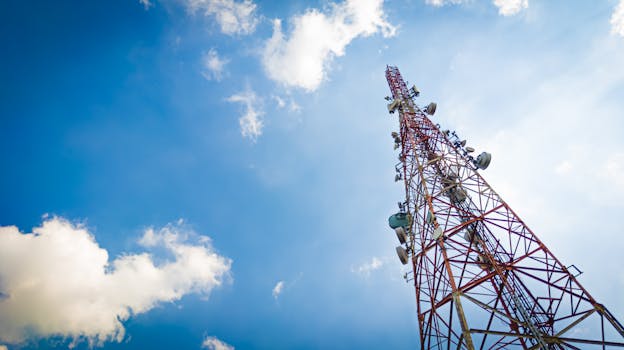GEO Satellites: Unlocking the Power of Geostationary Orbit
GEO satellites are a crucial part of modern telecommunications, providing a wide range of services including television broadcasting, telecommunications, and weather forecasting. In this article, we will explore the world of GEO satellites, their history, applications, and future developments.

GEO Satellites: Unlocking the Power of Geostationary Orbit
GEO satellites, or Geostationary satellites, are a type of satellite that orbits the Earth at an altitude of approximately 36,000 kilometers, which is about 1/10th of the distance between the Earth and the Moon. At this altitude, the satellite’s orbital period is synchronized with the Earth’s rotational period, allowing it to remain stationary relative to a fixed point on the Earth’s surface. This unique characteristic makes GEO satellites an essential part of modern telecommunications, providing a wide range of services including television broadcasting, telecommunications, and weather forecasting.
The concept of GEO satellites was first proposed by science fiction writer Arthur C. Clarke in 1945, and the first successful launch of a GEO satellite was achieved by the United States in 1963 with the launch of the Syncom 2 satellite. Since then, numerous countries and organizations have launched their own GEO satellites, with over 500 currently in orbit around the Earth. The history of GEO satellites is a fascinating story of innovation and perseverance, with many challenges and setbacks overcome along the way.
Applications of GEO Satellites
GEO satellites have a wide range of applications, including television broadcasting, telecommunications, weather forecasting, and navigation. They are also used for Earth observation, remote sensing, and scientific research. One of the most significant applications of GEO satellites is in the field of telecommunications, where they are used to provide broadband internet, mobile phone coverage, and other communication services to remote and underserved areas. GEO satellites are also used to broadcast television channels, providing entertainment and information to millions of people around the world.
In addition to their commercial applications, GEO satellites also play a critical role in weather forecasting and climate monitoring. They are equipped with sophisticated sensors and instruments that can detect changes in the Earth’s atmosphere, oceans, and land surfaces, providing valuable data for meteorologists and climate scientists. GEO satellites are also used for navigation, providing location information and timing signals for GPS and other satellite navigation systems.
Future Developments in GEO Satellites
As technology continues to advance, we can expect to see significant developments in the field of GEO satellites. One area of research is in the development of new propulsion systems, which could enable GEO satellites to be launched into orbit more efficiently and at lower cost. Another area of research is in the development of advanced sensors and instruments, which could enable GEO satellites to provide even more detailed and accurate data for a wide range of applications.
In addition to these technological advancements, there are also plans to launch new constellations of GEO satellites, which could provide even more comprehensive and global coverage. For example, the European Space Agency’s (ESA) forthcoming Galileo satellite navigation system will include a constellation of 30 GEO satellites, providing highly accurate location information and timing signals for a wide range of applications.
Challenges and Opportunities
Despite the many advantages and applications of GEO satellites, there are also challenges and opportunities that need to be addressed. One of the main challenges is the increasing amount of space debris in the geostationary orbit, which poses a significant risk to the operation and longevity of GEO satellites. Another challenge is the need for more efficient and sustainable launch systems, which could reduce the environmental impact and cost of launching GEO satellites into orbit.
However, these challenges also present opportunities for innovation and growth. For example, the development of new technologies and systems for removing space debris from the geostationary orbit could create new business opportunities and jobs in the space industry. Similarly, the development of more efficient and sustainable launch systems could enable more countries and organizations to launch their own GEO satellites, providing greater access to the benefits of satellite technology.


